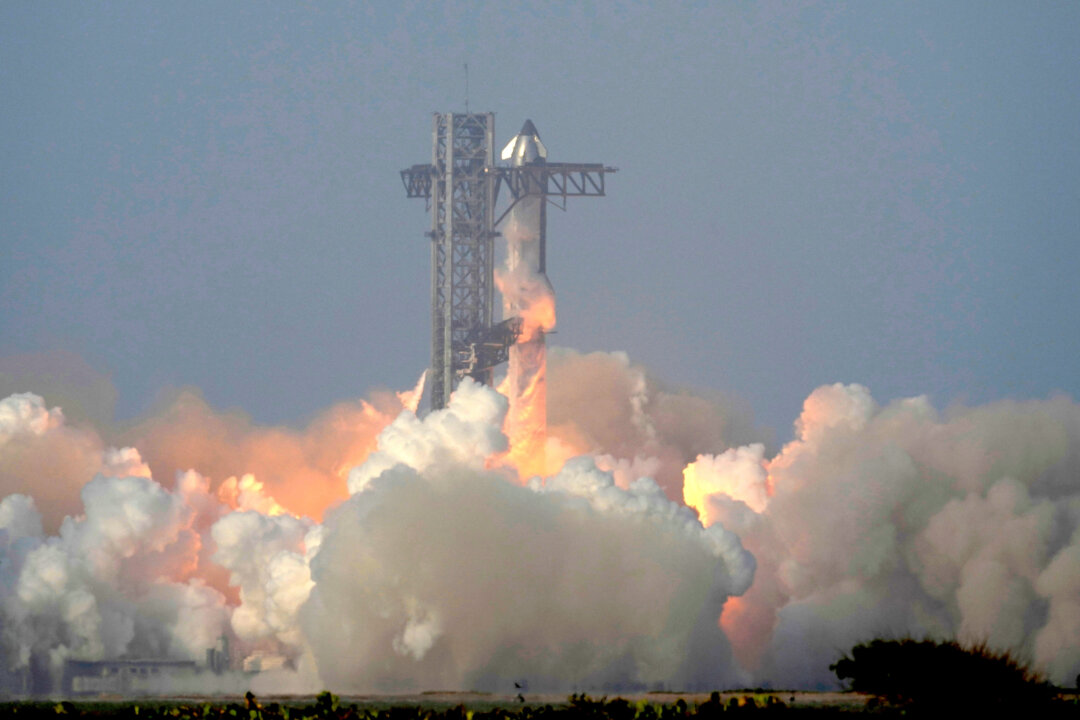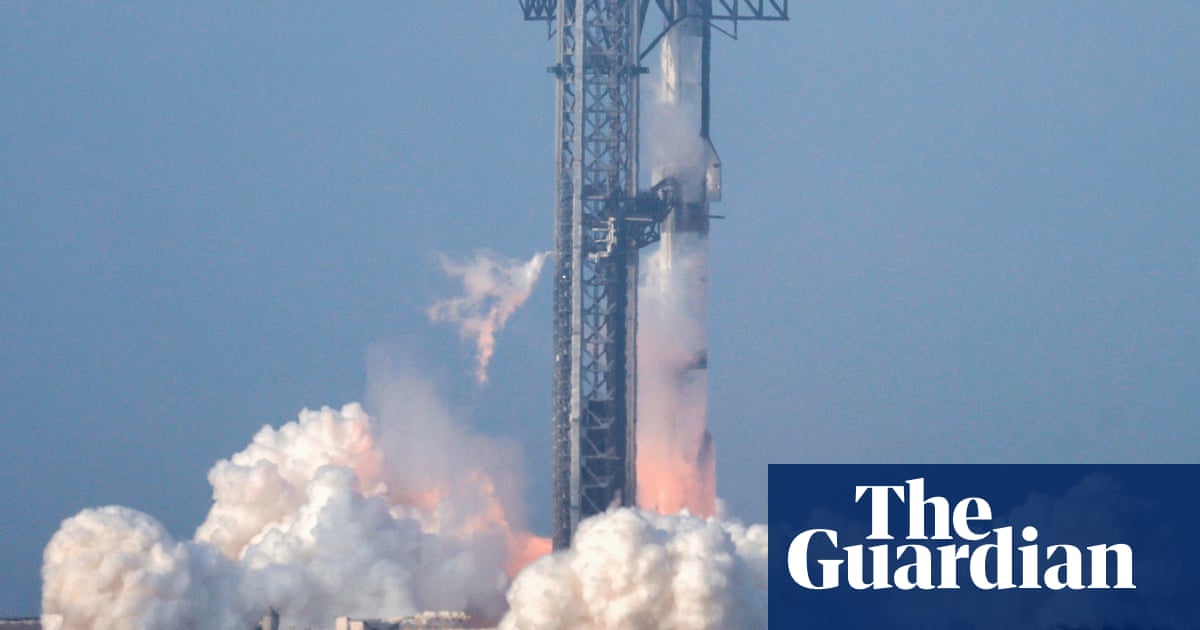SpaceX's Starship Faces Setbacks in Latest Test Flight Despite Milestones
SpaceX's ninth Starship test flight achieved orbital velocity but failed key objectives, including a fuel leak leading to disintegration over the Indian Ocean.
Subscribe to unlock this story
We really don't like cutting you off, but you've reached your monthly limit. At just $5/month, subscriptions are how we keep this project going. Start your free 7-day trial today!
Get StartedHave an account? Sign in
Overview
SpaceX's ninth test flight of the Starship rocket achieved orbital velocity but faced significant challenges, including a fuel leak that caused the spacecraft to spin uncontrollably and disintegrate upon re-entry over the Indian Ocean. This test, launched from Starbase in Texas, marked the first reuse of a Super Heavy booster but failed to meet key objectives, such as testing the heat shield and deploying mock satellites. CEO Elon Musk described the flight as a 'big improvement' over previous failures, promising a faster launch pace moving forward. SpaceX aims to learn from these setbacks to enhance future missions.
Report issue

Read both sides in 5 minutes each day
Analysis
Analysis unavailable for this viewpoint.
Articles (18)
Center (10)
FAQ
The primary objectives of the test flight included deploying eight Starlink simulator satellites and testing the reentry system with 100 removed heat-shield tiles.
The Starship failed due to a fuel leak that caused the spacecraft to spin uncontrollably and disintegrate upon re-entry over the Indian Ocean.
SpaceX aims to learn from these experiences to improve future missions, with plans for more frequent launches in the coming months.
The FAA recently approved a higher launch frequency for SpaceX, allowing the company to accelerate its testing cadence.
History
- 5M

 4 articles
4 articles
- 5M

 6 articles
6 articles
















